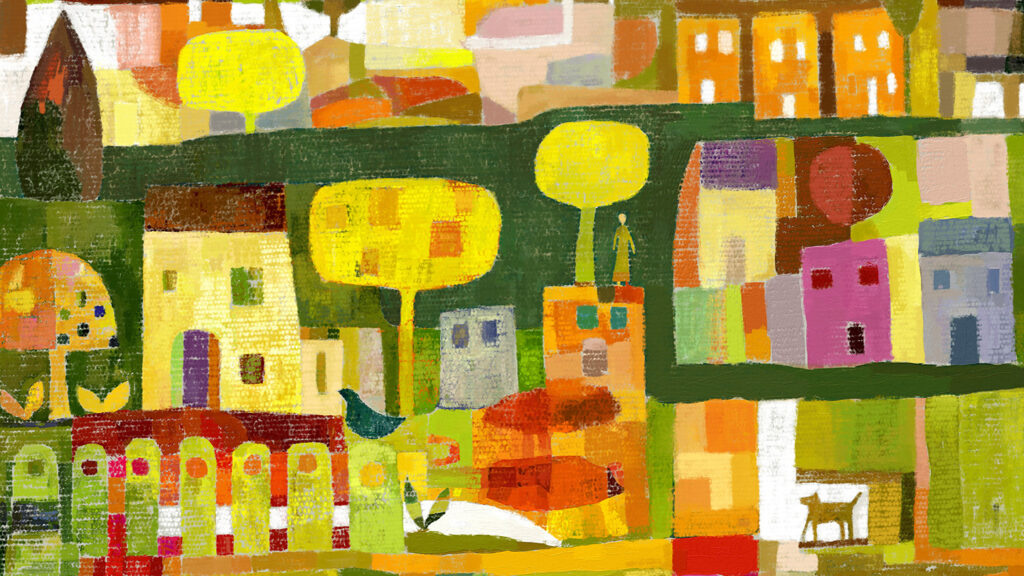
A Question of Justice:
Marianne Cusato
How can architects design for dignity?

“Fundamentally, we all want a community that is safe and where we have an opportunity to thrive,” explains Marianne Cusato from her office in the Walsh Family Hall of Architecture. For Cusato, these are two basic ingredients for what she calls “dignity of place.”
Throughout her three decades as a designer and now as director of the Housing and Community Regeneration Initiative at the School of Architecture, Cusato has been driven by the pursuit of providing dignity of place for all. “Everyone deserves a dignified home,” she states, “and society works better when we live in dignified places.”
Discovering crafted community
Cusato was raised in Anchorage, Alaska, in the 1980s, at a time of safety and economic opportunity. “We didn’t have phones and were just told to be back by dinner,” she recalls. “That’s as safe as you can be.” Raised to believe that with hard work she had the opportunity to do whatever she set her mind to, she decided to study architecture and set off for Notre Dame, sight unseen.
There she was fascinated by seeing a building not in isolation but as part of the fabric of society, by seeing the entire built environment as something that can be crafted. Through design, architects shape human experience and make it more or less isolating, more or less dignified, more or less just. “If we do our job well, society does well, and if we do our job poorly, society does not,” Cusato says. “And so you have the chance through the built environment to shape the day-to-day existence of our lives.”
Designing resilient housing
Cusato put her philosophy into practice with her first built work as an individual practitioner. In August 2005, Hurricane Katrina slammed the Gulf Coast, overwhelming poorly constructed levees around New Orleans, flooding the city, and displacing over a million people. As Cusato watched the response, she learned about the approach to Hurricane Andrew, which struck Florida in 1992. There the Federal Emergency Management Agency (FEMA) provided double-wide trailers as temporary housing for displaced Floridians. Intended as an affordable, short-term solution, the trailers were not designed with dignity of place in mind. Thirteen years later, families were still living in these temporary trailers, which were dilapidated and unsafe.
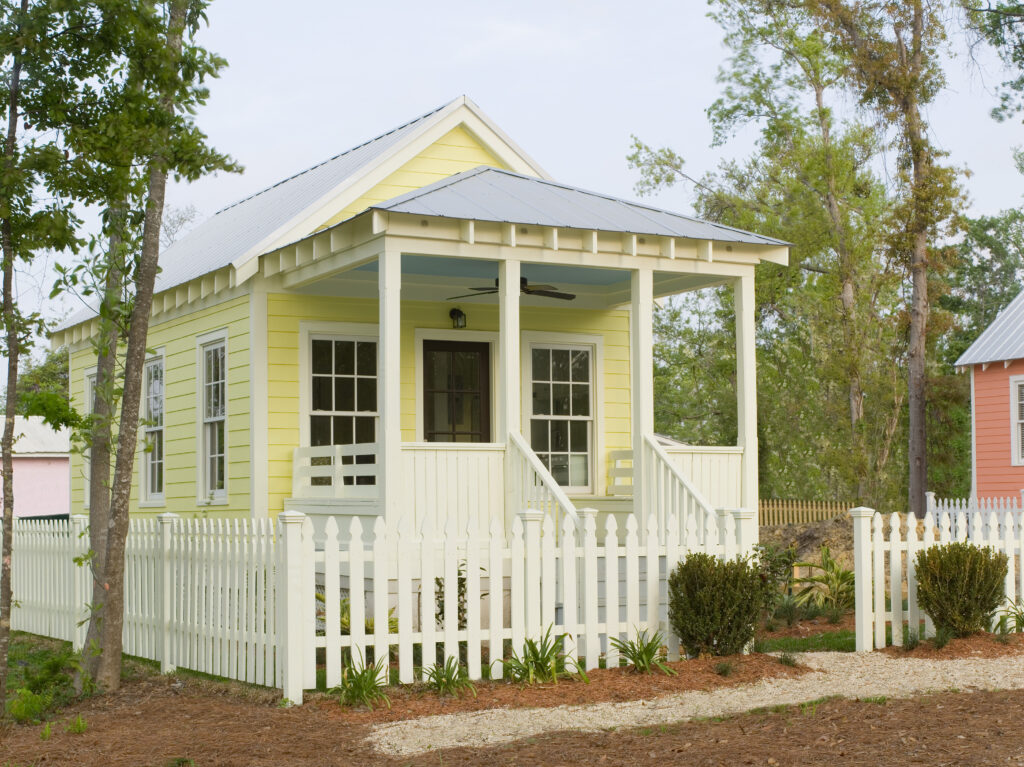
Cusato also studied the San Francisco Earthquake Shacks from 1906, some of which were selling for millions of dollars over 100 years later. “Not only were the Earthquake Shacks built well enough to survive, but people cared enough about them to maintain and update them over time. This was the bar we set for ourselves when designing our emergency housing solutions,” Cusato remembers. At the invitation of a mentor, Cusato designed the Katrina Cottage, a 308–square-foot alternative to the FEMA trailer. Working with a small team, Cusato built a prototype to demonstrate that funding spent to meet short-term needs can also contribute to long-term recovery if it is designed with dignity in mind.
Cusato’s approach caught on. In 2006 Congress appropriated $400 million for a pilot project based on the concept, which resulted in the construction of 2,800 cottages in Mississippi and 450 cottages in Louisiana. Since then, Cusato’s development firm, Cypress CDC, has built cottages in response to hurricanes, flooding, and wildfires from the Florida Keys to Sonoma County. Not unlike the Earthquake Shacks, these designs have become a solution that provides safe, secure, stabilized housing in which their owners can take pride.

“Everyone deserves a dignified home, and society works better when we live in dignified places.”
Developing strategies for renewal
Through the Housing and Community Regeneration Initiative, envisioned and brought to life by Stefanos Polyzoides, the Francis and Kathleen Rooney Dean of the School of Architecture, Cusato and her team are expanding the idea of dignity of place from the home to the cityscape. She sees the current US housing crisis in terms of not just the number of units built but also the kinds of communities we develop. The physical design of a neighborhood can shape whether its residents have a sense of dignity, community, and belonging.
Her team’s work involves reimagining and reviving neighborhoods that have seen flight and blight. “We’re trying to heal the built environment,” Cusato explains, “and by doing so we’re beginning to heal the social fabric of communities that have experienced disinvestment.” That work begins with designing walkable, mixed-income communities where residents feel a sense of safety and opportunity like Cusato experienced as a child.

The initiative has launched the 100-Mile Coalition to address infrastructure issues within a 100-mile radius of Notre Dame, developing actionable plans from Gary, Indiana, to Kalamazoo, Michigan. Their work in Elkhart, Indiana, focuses on the historically Black Benham neighborhood, which thrived in the mid-20th century before being systematically dismantled by Urban Renewal in the 1970s. Working with displaced neighborhood “Elders,” the initiative has developed specific strategies to reanimate the neighborhood, making it pedestrian friendly and reconnecting pockets of activity that have become isolated.
As a faculty fellow for the Institute for Social Concerns, Cusato is now bringing the work home to South Bend by partnering with the institute’s community partnerships program director on a Development without Displacement initiative focusing on the Lincolnway West corridor. The working group’s vision is to create a cultural hub in a historically Black neighborhood, supported by affordable housing solutions, new business incubation, and urban agriculture. For Cusato, this isn’t just about development; it’s about dignity. “Human dignity is at the core of society,” she reflects, “and if we don’t treat others with dignity, what’s left?”
Header and pull quote artwork: Wonderland by Jo Scott
Courtesy of the artist
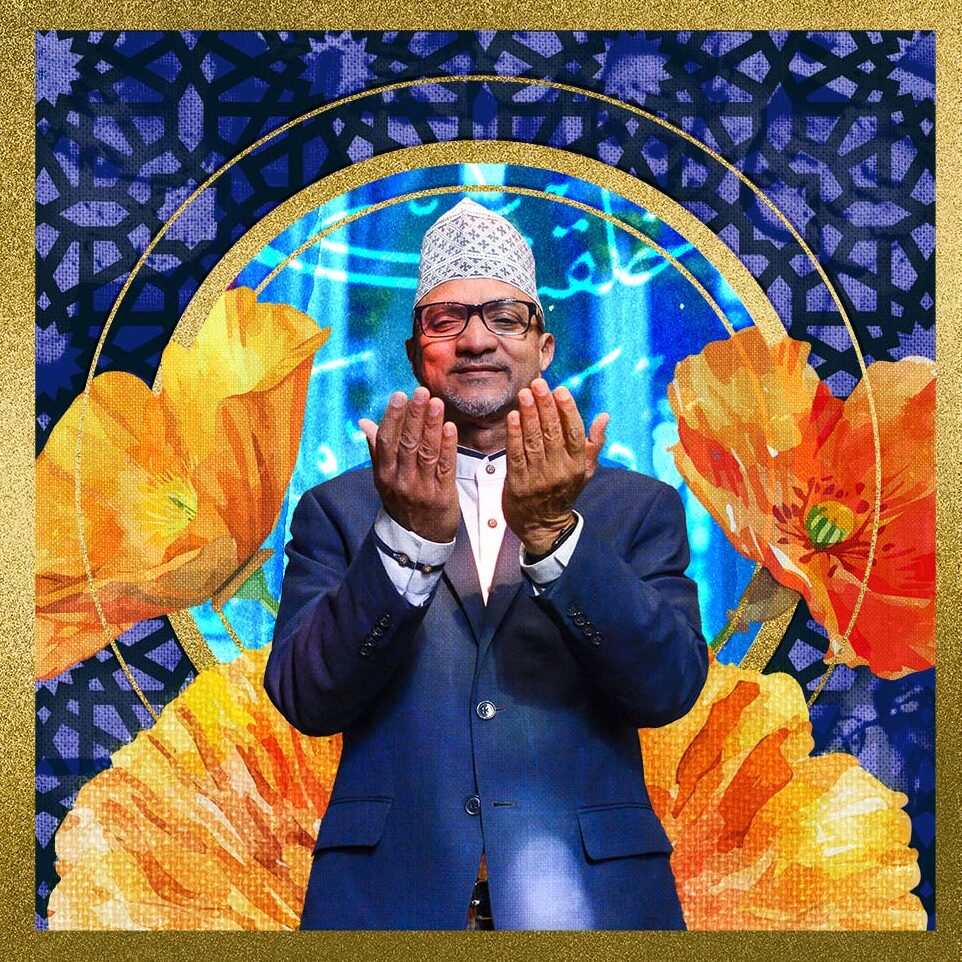
A Question of Justice: A. Rashied Omar
How can interreligious solidarity be harnessed as a force for justice?
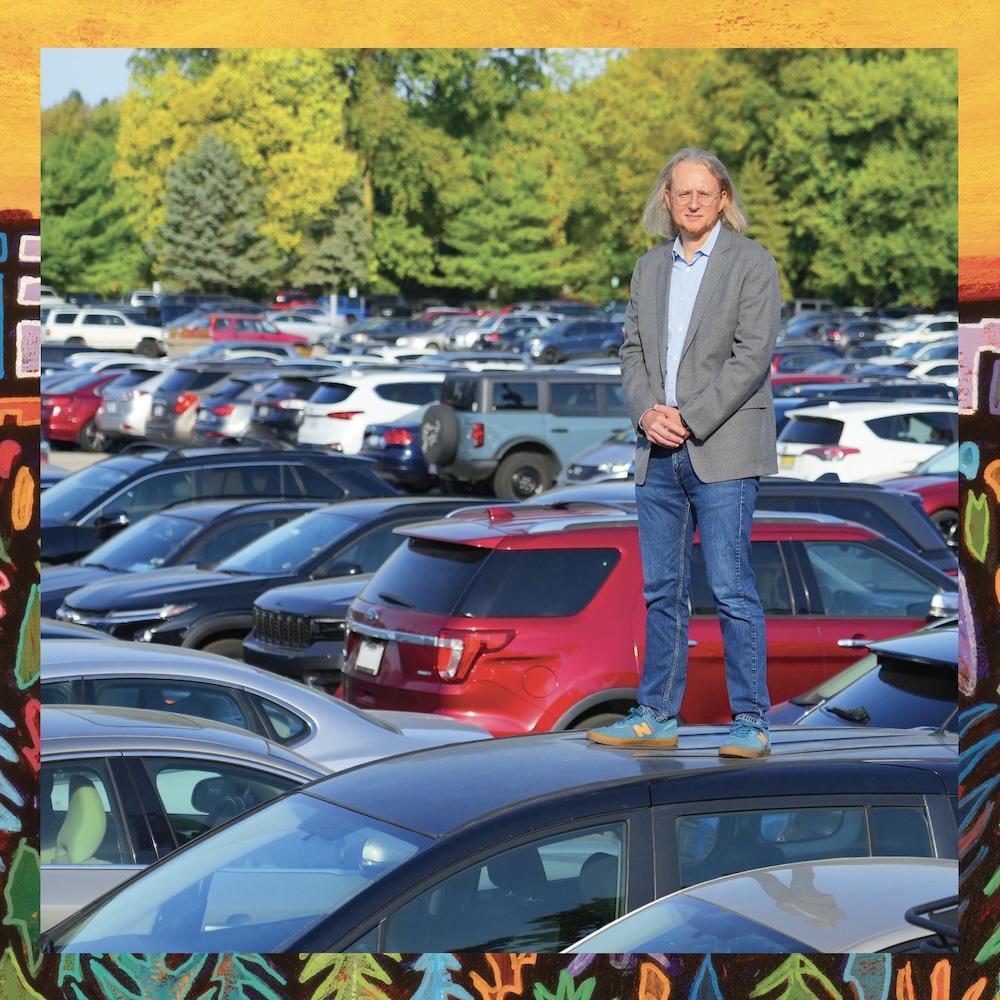
A Question of Justice: Roy Scranton
What does justice look like in the face of civilizational collapse?

A Question of Justice: Nooshin Javadi
How can art help us face injustice with honesty, humor, and hope?
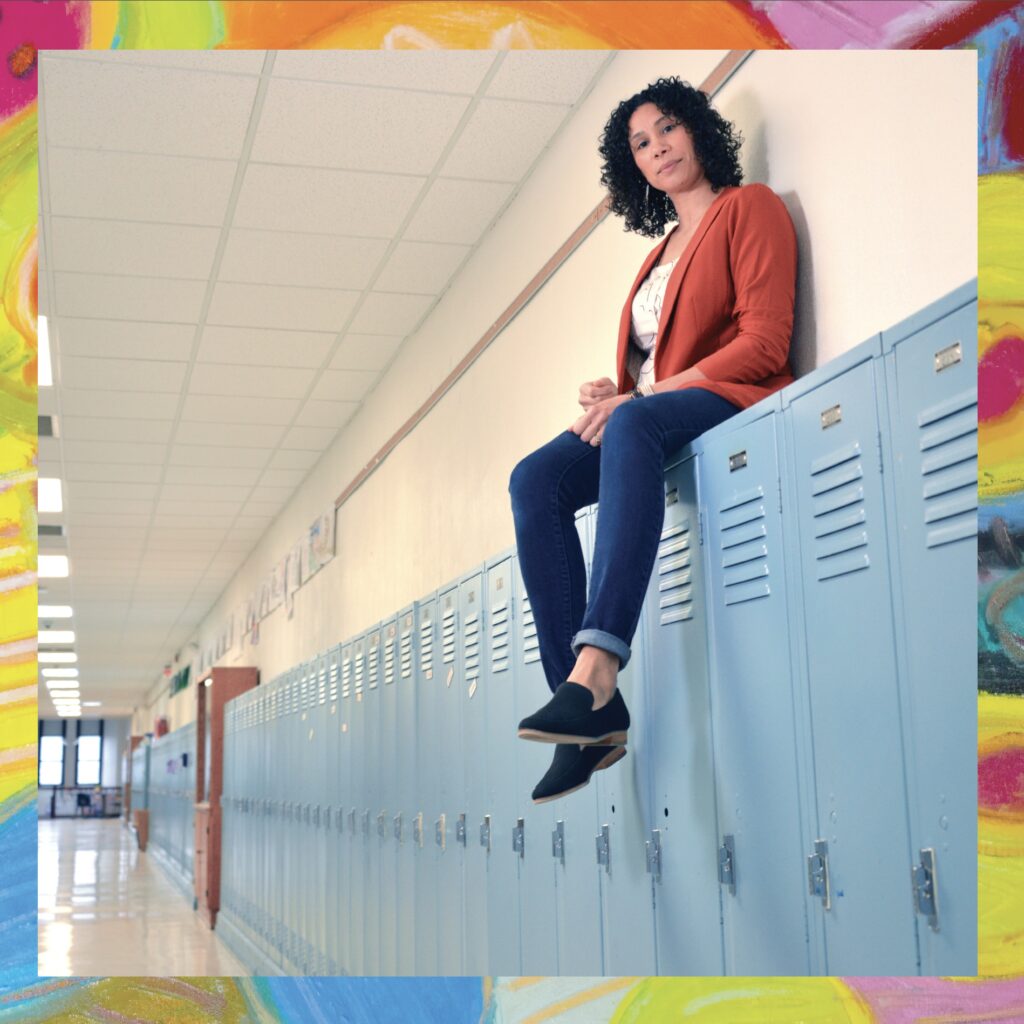
A Question of Justice: Anna Haskins
Why do racial disparities in education persist despite decades of efforts on behalf of equal opportunity and racial justice?
